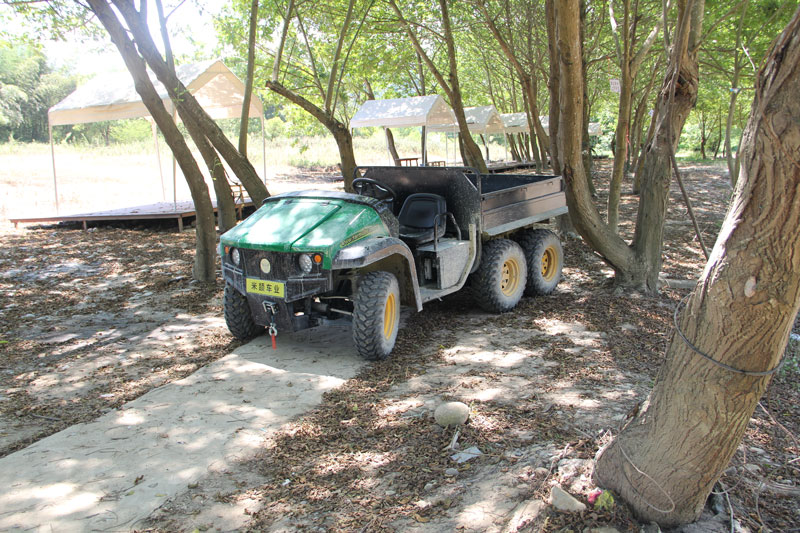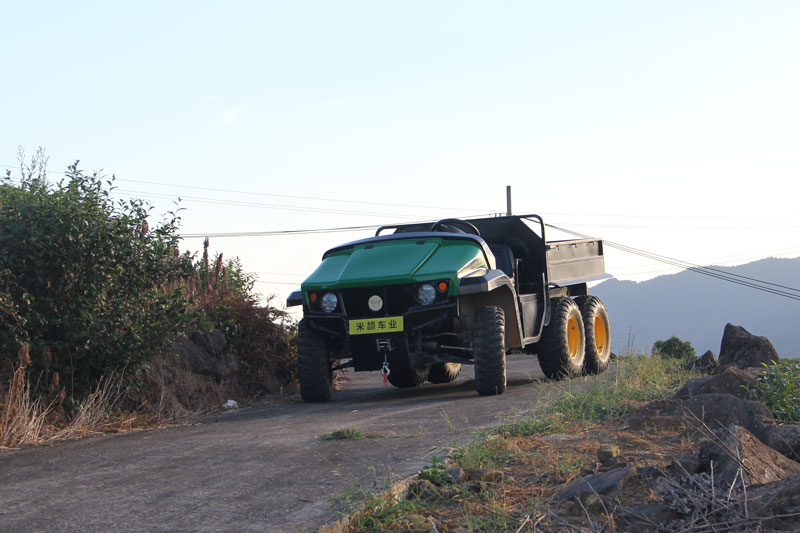In recent years, the agricultural landscape has been undergoing a quiet yet significant revolution. As farmers strive to increase efficiency while reducing their environmental impact, electric vehicles have emerged as a sustainable alternative to their gas-powered counterparts. Among these, Electric Utility Task Vehicles (UTVs) have garnered attention for their versatility and eco-friendly benefits. This article delves into the burgeoning market of electric UTVs, particularly their application in farming.


Electric UTVs offer numerous advantages that make them attractive for farm use. Unlike traditional gas-powered models, electric UTVs boast zero emissions, significantly reducing the carbon footprint of agricultural operations. Furthermore, their quieter engines contribute to a more serene working environment, which is especially beneficial for livestock farmers concerned about noise pollution.
Beyond environmental benefits, electric UTVs also present considerable cost savings for farmers. The reduction in fuel expenses alone can be a significant financial relief. Moreover, electric engines tend to have fewer moving parts compared to internal combustion engines, leading to reduced maintenance costs and longer service life. This translates into more time in the field and less time in the repair shop, enhancing overall productivity.
Additionally, electric UTVs are versatile tools for various farm tasks. From transporting feed and equipment to assisting in field maintenance and livestock handling, these vehicles are invaluable. Their ability to navigate rough terrains, combined with features such as four-wheel drive, enables them to perform reliably under challenging conditions typical of farm environments.
Introducing our six-wheel electric UTV, model MIJIE18-E, adds yet another dimension to this evolving sector. With a maximum load capacity of 1000KG and an impressive climbing gradient of up to 38%, this model is designed with the demanding conditions of farm work in mind. Powered by two 72V5KW AC motors and controlled by two Curtis controllers, it boasts an axle speed ratio of 1:15 and a maximum torque of 78.9NM. The semi-floating rear axle aids in efficient load distribution, while the braking system offers a stopping distance of 9.64m when unloaded and 13.89m when fully loaded. Crucially, the MIJIE18-E model offers expansive applications and potential for enhancement, including private customization to meet specific user needs.


As the agricultural sector continues to evolve, electric UTVs are set to play a crucial role in enhancing sustainable farming practices. Their combination of environmental benefits, cost-effectiveness, and operational versatility makes them an ideal choice for modern-day farmers. For those looking to tailor their vehicle to their specific farming needs, models like the MIJIE18-E provide the perfect platform, combining robust performance with customizable options to meet the diverse demands of the industry.
Post time: Oct-19-2024

